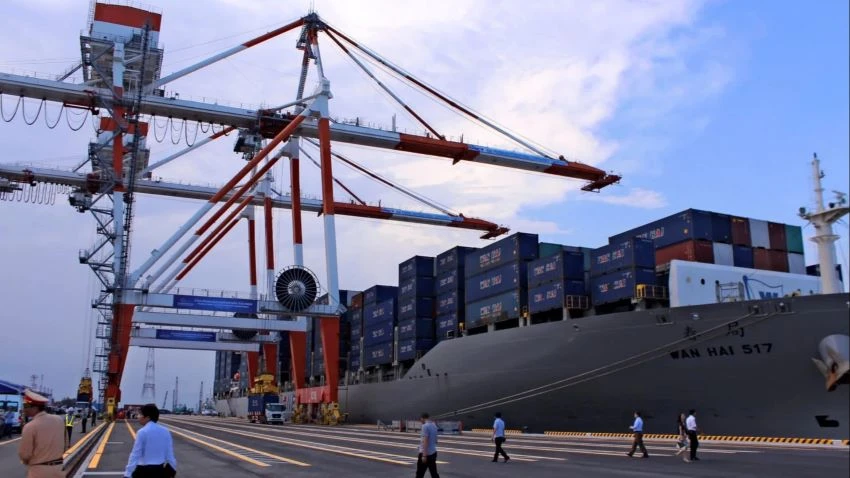
ASEAN has emerged as a key export destination for China as President Xi Jinping's administration endures a bruising trade war with the U.S.
Chinese exports to the U.S. dropped 12.5% for 2019, while imports from the U.S. plunged 20.9%, in dollar-denominated goods trade statistics released Tuesday in Beijing by the General Administration of Customs -- the biggest falls in data going back to 1984.
But even as tit-for-tat tariffs pounded bilateral trade, China clearly boosted its trade with the rest of the world, especially members of the Association of Southeast Asian Nations, to offset the dent.
Exports to Vietnam grew 16.7% for the year, while those to the Philippines, Malaysia and Singapore rose 16.3%, 14.9% and 11.6%.
As a result, America's share of Chinese imports and exports declined to 11.8% in 2019 -- a 27-year low that traces back to 1992, when the sanctions over the Tiananmen Square crackdown were in full force. Meanwhile, the European Union and ASEAN increased their shares, with the latter overtaking the U.S. to account for 14% of China's imports and exports.
U.S. International Trade Commission data shows that Chinese game console exports to the U.S. in the first 11 months of the year dropped 36%. Meanwhile, Vietnam's game exports to the U.S. grew from zero in 2018 to around $200 million in 2019.
Separate data shows that game exports from China to Vietnam increased around 80% for the August-November period. The fourth round of U.S. tariffs on Chinese goods was announced in August.
The statistics suggest that products from China pass through Vietnam to avoid the American tariffs.
China's overall imports fell for the first time in three years in 2019, contracting 2.8% on the year to $2.0768 trillion.
Exports for the year totaled $2.4984 trillion, up 0.5% -- much slower growth than 2018, largely due to a drop in shipments to the U.S.
China's trade surplus -- exports minus imports -- rose almost 20% on the year in 2019 to $421.5 billion.
Overall, demand for key Chinese exports such as cellphones and PCs was sluggish. Products subject to higher U.S. tariffs, such as furniture and textiles, also suffered slumps.
China brought in fewer semiconductors -- its No. 1 import -- as slow smartphone sales limited the growth of the electronics industry.
Imports of pork, however, jumped as the country battled an epidemic of African swine fever. China imported 2.1 million tons of pork in 2019, up 75% from the year before. Beef imports also increased as an alternative.
China's trade picked up in December, with exports rising 7.6% from the same month the previous year to $237.6 billion while imports climbed 16.3% to $190.8 billion. This likely reflected a recovery in production. An earlier-than-usual Chinese New Year season -- which starts at the end of this month -- may have also contributed as well.




















